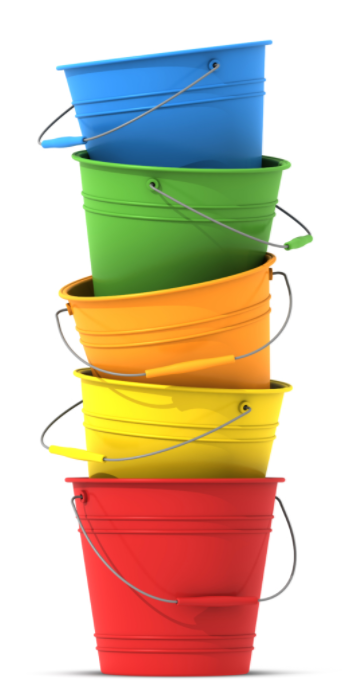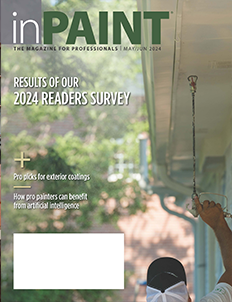How the paint industry shapes the colors of our world
 Calming blues. Chili-pepper reds. Ocean-inspired greens. Millennial pinks. Bold blacks. These are the colors likely destined for our walls in the new year, according to the key players in the paint industry.
Calming blues. Chili-pepper reds. Ocean-inspired greens. Millennial pinks. Bold blacks. These are the colors likely destined for our walls in the new year, according to the key players in the paint industry.
Many of the major paint manufacturers have announced their respective color trends for 2018, and these decisions weren’t made haphazardly. They were based on interviews with paint professionals, focus groups, builders and designers—as well as months of research into current culture, fashion and lifestyle factors.
For Erika Woelfel, Behr’s VP of color and creative services, it pays to listen to pros when looking at color trends.
“Feedback from professionals is extremely valuable, as they see firsthand which paint colors and design trends are most popular among their customers,” Woelfel said. “Working closely with architects and designers has created a feedback loop on color trends among various segments. For example, commercial properties are very interested in current trends, but tend to work with muted and neutral colors with occasional accents to generate the greatest appeal; whereas the custom home design field is free to exercise more distant ranges of trend palettes. Having this range of perspectives helps us distill which trends are most on point.”
Social media also plays a role in determining what colors are trending.
“Social media makes trends push out faster to the mass market,” said Sara McLean, a color expert with Dunn-Edwards Paints. “New, fresh ideas are shown daily from those who are thought leaders and taste makers in design, architecture, and other industries. These ideas can be processed and accepted faster now than ever before, so you see the role of a color trend being adopted by more products and services earlier.”
Color will vary by region, too, says Dee Schlotter, PPG Paints senior color marketing manager.
“From easy breezy, beachy hues to hot and arid desert tones, each region favors a unique family of interior and exterior colors,” Schlotter says.
Schlotter maintains that consumers are attracted to the colors that are integrated into their day-to-day lives, even if they don’t realize it.
“For example, there are a lot of lakes and winter skies in Illinois, Indiana and Ohio, reflecting the blue-gray paint color preference within the region,” Schlotter says. “Green paint colors are preferred in states in the gulf coast because the earthy brown and green hues provide a nice contrast to the coastal colors in the region. The colors feel sturdy in these states, which have a lot of character and other lush terrain.”
Schotter says pros can have an impact on the color trends in the marketplace, even if it’s indirectly offered. “Some professional painters may avoid participating in the color-selection process; however, painters can offer an added service to their customer by helping them to select a color,” she says. “In suggesting trends or validating their selection by recognizing the ranking of the colors chosen, painters can offer valuable support to homeowners overwhelmed in the color-selection process.”
For other painting industry insights, visit inpaintmag.com


